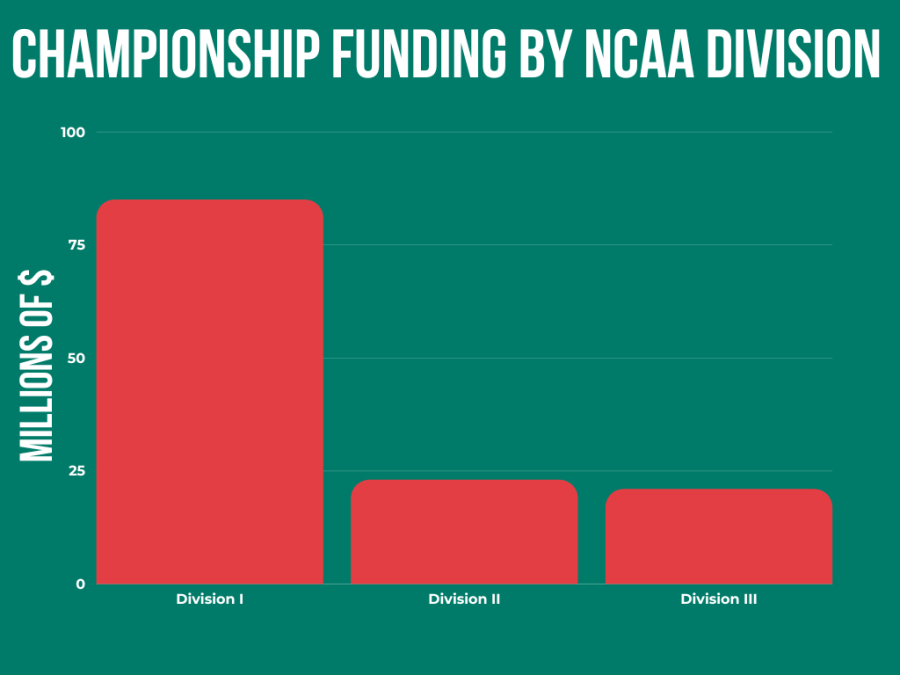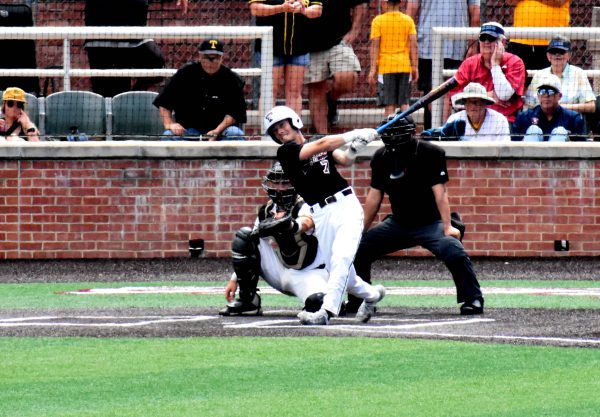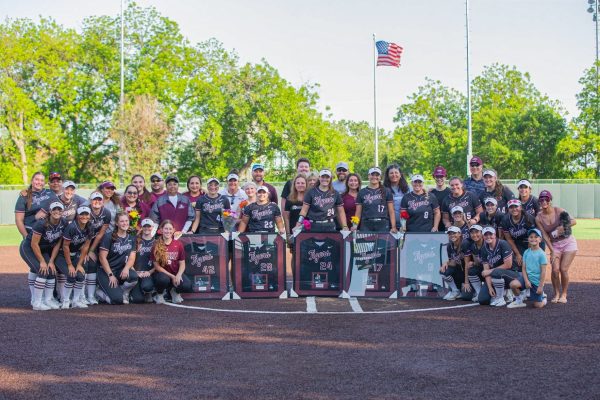The NCAA is killing D-III competition
Monetary motivation from the governing body limits success in NCAA championships
College athletics seasons are long, grueling, marathon-like affairs that consist of a large number of games and competitions. NCAA championships make up just a small fraction of the total number of games, yet are arguably the most important of them all, as they are the deciding factor in who is crowned at the top of each sport. It’s hard to imagine the NCAA jeopardizing the outcome of these events, but this is exactly what is happening at the Division III level.
The NCAA is responsible for funding athletic championships for all of the sports that it governs and for each level of competition. This includes NCAA Divisions I, II and III; however, there are major disparities in the amounts that each level receives for its championships. Division I receives a whopping $85 million, while Divisions II and III receive only $23 and $21 million respectively. While the line of reasoning makes sense — major Division I schools bring in significantly more money from various operating procedures — other rules in place for the championships lead to their integrity crumbling.
The most noticeable of these is the 500-mile rule and the fallout that follows. In the Division III football championship, 32 teams make up a bracket to decide the national champion. This field consists of 27 conference automatic qualifiers and five “at-large” teams who present the next best resumes. While the 32-team bracket theoretically follows a seeding format — one vs. eight, two vs. seven, etc. — the NCAA reserves the right to seed based on geography rather than skill in order to save money. This is where the 500-mile rule comes into play. In the first several rounds of the tournament, the higher seed serves as the host. This means that one team has to travel and that the NCAA must pay for their food and lodging while on the road. If the host school is less than 500 miles away, the visiting team would travel via bus. But in the event that the host school is greater than 500 miles away, the visiting team would fly. In order to save money and avoid flying schools out to play games, the NCAA picks matchups based on proximity, rather than seeding based on resumes.
The rule has had a much larger impact in the past than one might think. So much so that the NCAA introduced a rule in 2019 that eliminated games between members of the same conference in the first round. Certain conferences like the American Southwest Conference, Northwest Conference and the College Conference of Illinois and Wisconsin have several teams that are perennial favorites to make the tournament like the University of Mary-Hardin Baylor and Hardin-Simmons University, Linfield University and Whitworth University and North Central College and Wheaton College respectively. For years, these schools would face off against one another or other teams from their conferences. Now, these games are delayed at least one round if not later.
Yet the rules still allow for the NCAA to pit top teams against each other when they fall into the same state or region. That’s exactly what happened last year in the first round of playoffs, as Trinity opened against the University of Mary-Hardin Baylor. The two teams entered the matchup ranked as the no. 16 and no. 2 teams in the nation according to d3football.com. The winner of the matchup would take on the winner of Birmingham-Southern College and Huntingdon College, the former being a team that Trinity defeated for the Southern Athletic Association automatic qualifier bid and the latter a team that Birmingham-Southern College had already beaten in the regular season. Instead of Trinity taking on either of these teams, they played the eventual national champions and only lost 13-3 to a team that would win their remaining four games by an average of 27.5 points.
It’s clear that the NCAA has monetary motivations to create matchups that keep a little extra cash in their pockets. While logical at first thought to group teams based on geography, once you have all the information it becomes clear that a disparity exists. For a season that is as long and as hard as college football, it matters to give athletes the opportunity to play in a championship or compete for a national championship, even if it means sacrificing a little more money.

Having grown up in San Antonio, sports have always been especially meaningful to me, in the opportunities that I had playing but also in the way teams...











A Reader • Sep 30, 2022 at 8:51 am
(1) it’s now a 600-mile rule
(2) other Trinity sports are impacted besides football. Volleyball, both soccer teams, baseball, women’s basketball have all had numerous instances where they actually earned the right to host by the NCAA’s own seeding criteria but instead had to travel to an inferior team to save the NCAA money.
The real source of the problem is the NCAA allotting the largest division in college athletics the smallest percentage of the pie. There is absolutely no reason Division III with 430+ schools should have a smaller NCAA allocation than Division II which has over 100 fewer. But even this may be looked back upon as the good old days before too much longwe – if/when the D1 basketball schools decide to do what the D1 football schools did long ago, the majority of the NCAA’s income – from March Madness – will vanish.